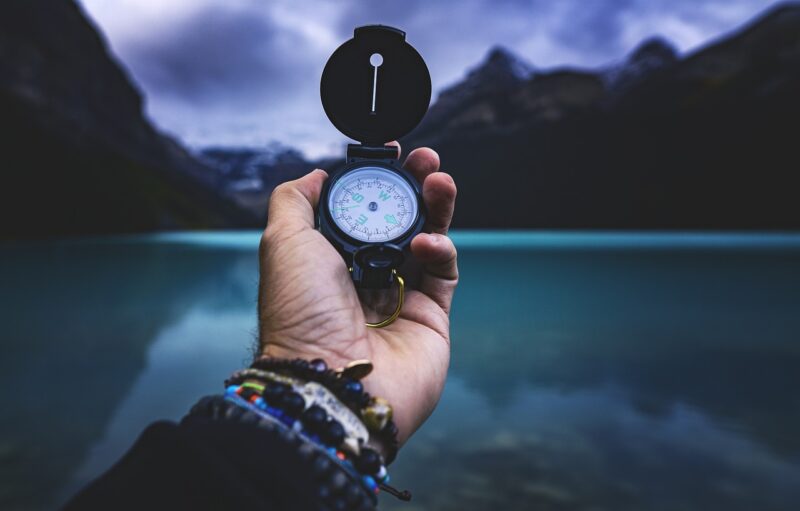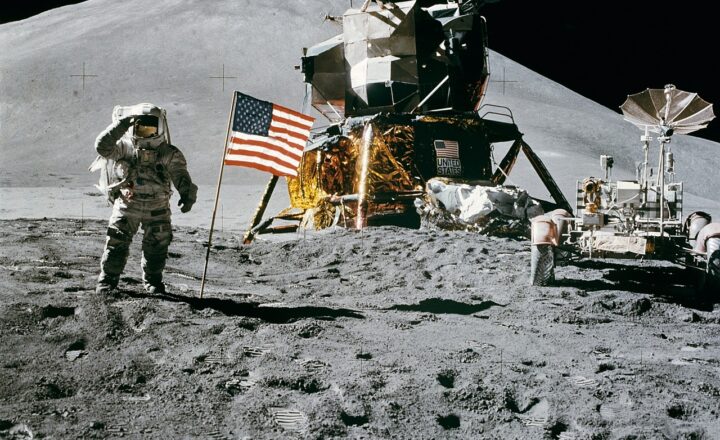
Humanity’s insatiable curiosity and adventurous spirit have driven countless journeys throughout history. From physical explorations that have mapped the world to metaphorical journeys of self-discovery, each adventure leaves an indelible mark on civilization. In this article, we will explore some of the greatest journeys that have shaped humanity and the invaluable lessons they have imparted.
1. The Age of Exploration: Opening New Worlds
The Age of Exploration, which lasted from the 15th to the 17th centuries, was characterized by European powers venturing into uncharted territories. Pioneers like Christopher Columbus, Vasco da Gama, and Ferdinand Magellan embarked on monumental journeys that not only expanded geographical knowledge but also facilitated cultural exchanges.
– **Key voyages:** Columbus’s 1492 journey not only “discovered” the Americas but also initiated the Columbian Exchange, a transatlantic pattern of trade that exchanged goods, ideas, and populations. Vasco da Gama’s route to India opened up trade routes for spices that were in high demand in Europe.
– **Lessons Learned:** These expeditions highlighted the importance of curiosity and the quest for knowledge. They also raise questions about the impacts of colonization on indigenous populations, reminding us that exploration must be undertaken ethically and responsively.
2. The Lewis and Clark Expedition: Mapping the American West
Commissioned by President Thomas Jefferson in 1804, the Lewis and Clark Expedition was a pivotal journey across the western portion of the United States. Meriwether Lewis and William Clark set out to map geographical features, establish trade relations with Native American tribes, and explore the land acquired in the Louisiana Purchase.
– **Significant Outcomes:** The expedition lasted over two years and covered thousands of miles, ultimately paving the way for westward expansion and the growth of the United States. The journals recorded during this journey document the flora, fauna, and indigenous cultures they encountered.
– **Lessons Learned:** This expedition emphasized the values of teamwork, perseverance, and conducting respectful diplomacy with indigenous peoples, offering lessons applicable even in contemporary society.
3. Ernest Shackleton’s Endurance Expedition: The Strength of the Human Spirit
In 1914, Sir Ernest Shackleton embarked on an ambitious journey to cross Antarctica. However, the expedition quickly turned into a tale of survival when their ship, Endurance, became trapped in pack ice. What followed was more than just a failed expedition; it became a testament to resilience, leadership, and teamwork.
– **The Journey:** Shackleton and his 27 crew members endured remarkable hardships, including extreme cold, starvation, and isolation. Against all odds, Shackleton led his men to safety after an arduous journey of nearly 1,500 miles across the Antarctic Ocean in lifeboats.
– **Lessons Learned:** Shackleton’s journey taught humanity about the strength of the human spirit, selflessness, and the importance of strong leadership during crises.
4. The Apollo Moon Landing: A Giant Leap for Mankind
The Apollo program, culminating in the historic Apollo 11 mission in 1969, marked a monumental journey not just to the moon but to the stars. Astronauts Neil Armstrong, Buzz Aldrin, and Michael Collins traveled over 240,000 miles to achieve what was once thought impossible.
– **Significant Achievements:** Armstrong and Aldrin walked on the lunar surface, with Armstrong’s words — “That’s one small step for [a] man, one giant leap for mankind” — echoing throughout history. Their journey was a culmination of scientific advancements and a collective effort by thousands of dedicated individuals.
– **Lessons Learned:** This journey underscored the power of human ingenuity, perseverance, and international collaboration. It showed that unified goals could lead to extraordinary achievements.
5. The Pilgrimage to Mecca: A Journey of Faith
The Hajj pilgrimage to Mecca is one of the five pillars of Islam, undertaken by millions of Muslims around the world annually. The journey is an expression of faith and unity among diverse followers.
– **Significance:** Undertaking this pilgrimage is viewed as a transformative experience that fosters spiritual growth and a deepened sense of community. The Hajj embodies themes of service, humility, and self-reflection.
– **Lessons Learned:** This journey teaches the importance of devotion, community, and introspection and serves as a reminder of our shared humanity, transcending cultural and national boundaries.
6. Modern Journeys: Innovations in Technology and Science
While historical journeys left a profound mark on society, modern journeys in technology and science continue to shape our world. Advancements such as space exploration, deep-sea research, and the quest for sustainable energy require an adventurous spirit and curiosity.
– **Prominent Examples:** The Mars rovers, such as Perseverance and Curiosity, symbolize our ongoing quest to discover life beyond Earth. The endeavors of scientists working in biotechnology and renewable energy solutions showcase human innovation’s relentless drive.
– **Lessons Learned:** These journeys teach that exploration doesn’t stop at physical travel; they demonstrate the value of innovation, adaptability, and the continuous pursuit of knowledge in facing global challenges.
Conclusion: The Essence of the Journey
The greatest journeys ever taken, whether they traverse oceans, land, or realms of imagination, are more than mere explorations; they embody humanity’s ceaseless quest for understanding, connection, and enlightenment. Each journey teaches us essential life lessons that shape our character and influence our collective destiny. As we continue on our individual and collective journeys, let us remember that every step forward teaches us more about the world, ourselves, and the bonds we share.
With every journey undertaken, humanity inches closer to comprehension, community, and progress, making our explorations a pivotal part of the tapestry of existence.







